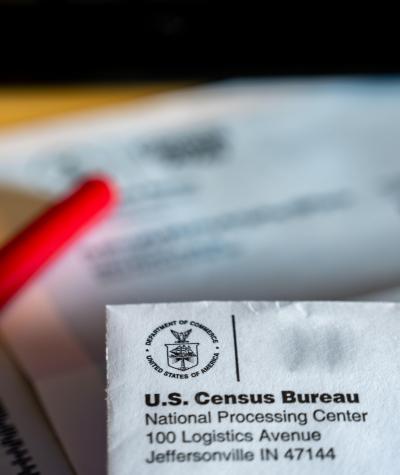Now that the Census Bureau has released the apportionment counts for state seats in the House of Representatives, the next phase in the 2020 census cycle has taken center stage: state redistricting.
Although in a typical census cycle, the Census Bureau would have already released state redistricting data by the end of March, the COVID-19 pandemic forced the bureau to push back its timeline.
Instead, the bureau plans to release a preliminary version of the redistricting data to states in the “legacy format” (a file that requires additional processing to make data tables) on August 16, 2021, and then the official redistricting data file by Sept. 30, 2021.
The Census Bureau has now entered a pivotal stage in that data production process. Just last week, the bureau released the latest demonstration product that will give outside experts their last chance to provide input on how the bureau will produce state redistricting data.
Because states across the country will use this data to redistrict congressional and state legislative districts for the next decade, it is vital that the bureau gets this data processing right.
One issue in the spotlight this year is the bureau’s decision to use a new methodology to protect the confidentiality of the 2020 census data: “differential privacy.”
The Census Bureau is required by law to maintain the confidentiality of individual responses to the decennial census, and every census cycle the bureau develops a “disclosure avoidance system” to meet this statutory mandate.
The bureau chose to use differential privacy this year after the increase in publicly available personal data rendered its prior methodology, “swapping,” inadequate to protect census data against reidentification.
As detailed in Campaign Legal Center’s (CLC) recent issue brief, the decision to use differential privacy carries with it a number of potential benefits and risks for redistricting and voting rights.
However, until the bureau releases its final plan to incorporate differential privacy into its disclosure avoidance system, it is too early to say how differential privacy will impact the 2020 census data.
Nonetheless, Alabama has already sued the bureau over its decision to use differential privacy, claiming that it will impermissibly alter the data used for redistricting. The court held an in-person hearing Monday. Once a decision is reached, the litigants will be able to request direct review by the U.S. Supreme Court.
As the lawsuit progresses, it is important to remember that protecting the confidentiality of the census data is not just important for privacy’s sake. The promise of confidentiality is also crucial for ensuring participation in the census—and particularly participation by vulnerable and marginalized communities.
Because participation directly affects the accuracy of census data, robust privacy protections are necessary for fair and accurate redistricting and voting rights claims.
However, there are a number of unique factors that affected the 2020 census data—many of which raise serious concerns about the accuracy of the data. The COVID-19 pandemic forced the bureau to postpone in-person counting, and even after follow-up efforts resumed, the pandemic continued to impede responses.
Experts have also warned that the Trump administration’s efforts to add a citizenship question to the 2020 census, as well as their attempt to cut the timeline for collecting and processing the 2020 census data in half, also affected the accuracy and completeness of the count.
These factors likely exacerbated the undercount of communities of color in the 2020 census data.
As the bureau’s own data show, the decennial census has consistently undercounted Black, Hispanic and Native American communities at higher rates than the white population since at least 1940—the first year the bureau formally measured the accuracy of the census.
The 2010 census was no different, and experts expect the 2020 census data to be even worse.
Given the myriad of challenges the bureau faced in collecting the 2020 census data and its decision to implement a new privacy measure this year, it is vital that civil rights organizations continue to analyze the bureau’s demonstration products and provide input into the data processing plan.
With state redistricting on the horizon, the public deserves to understand how the bureau has mitigated data quality risks—particularly those that are likely to impact hard-to-count communities—and how it intends to protect the confidentiality of census responses going forward.
In the coming decade, we will need confidential, fair and accurate census data to ensure that every voice is heard and every vote counts equally.
